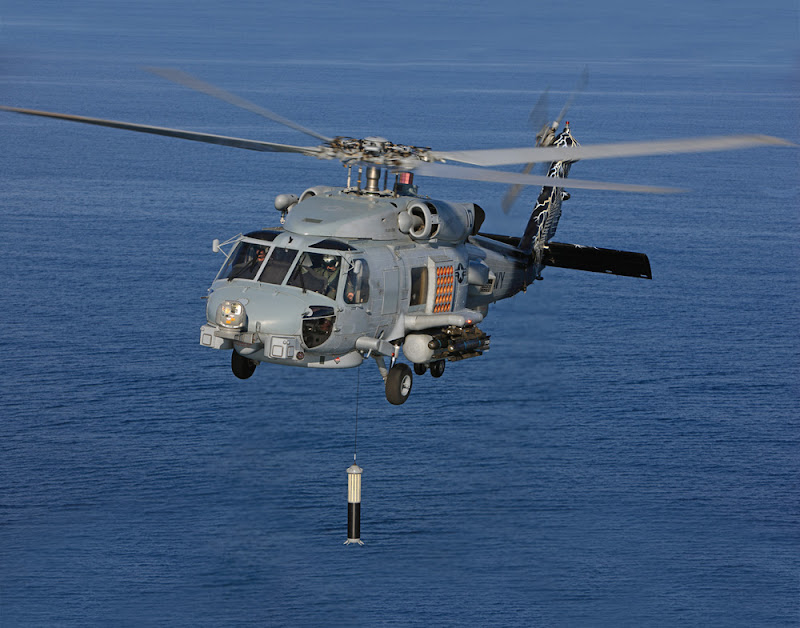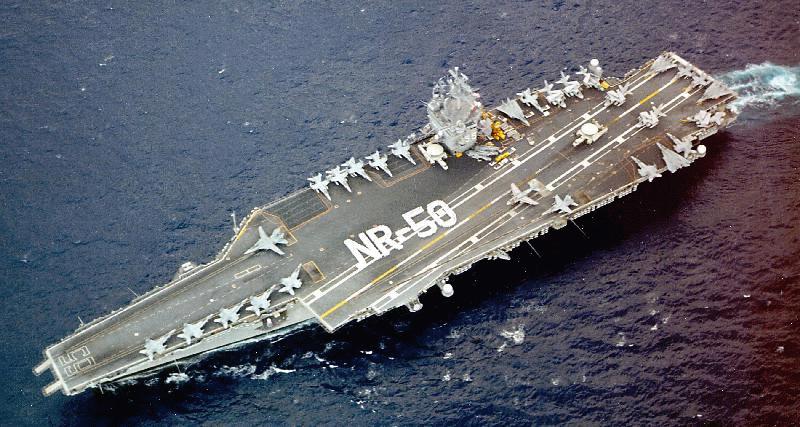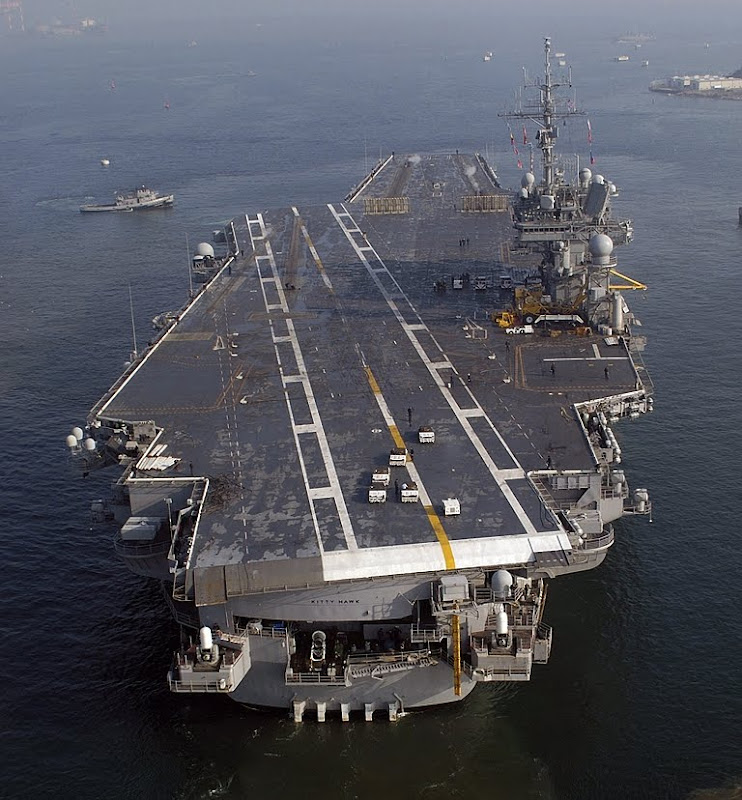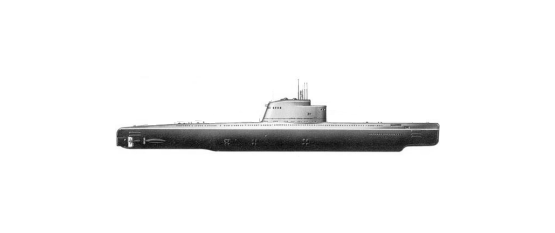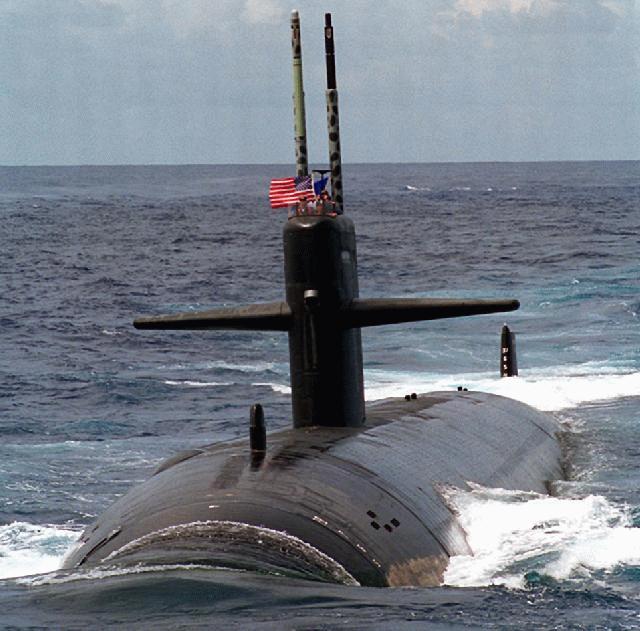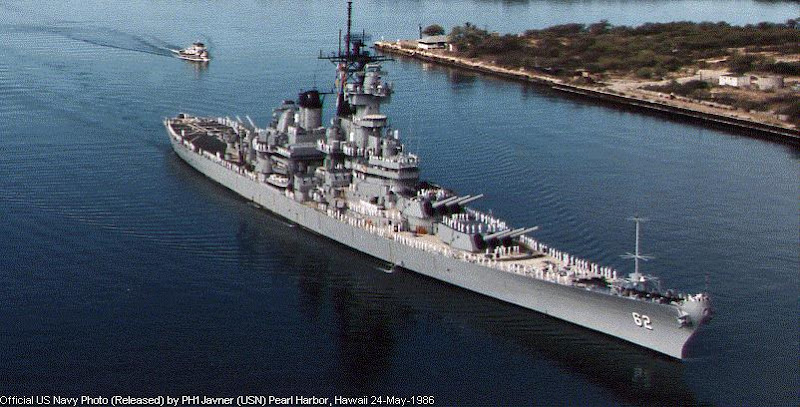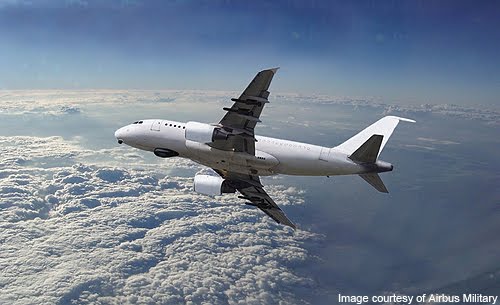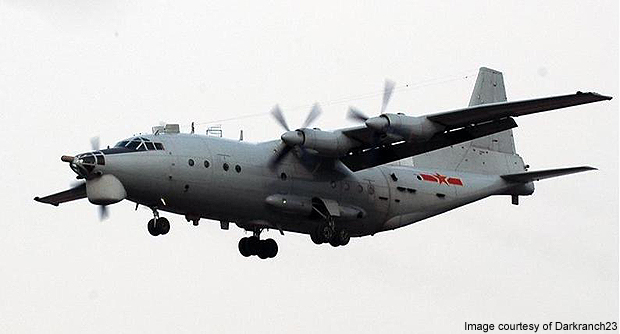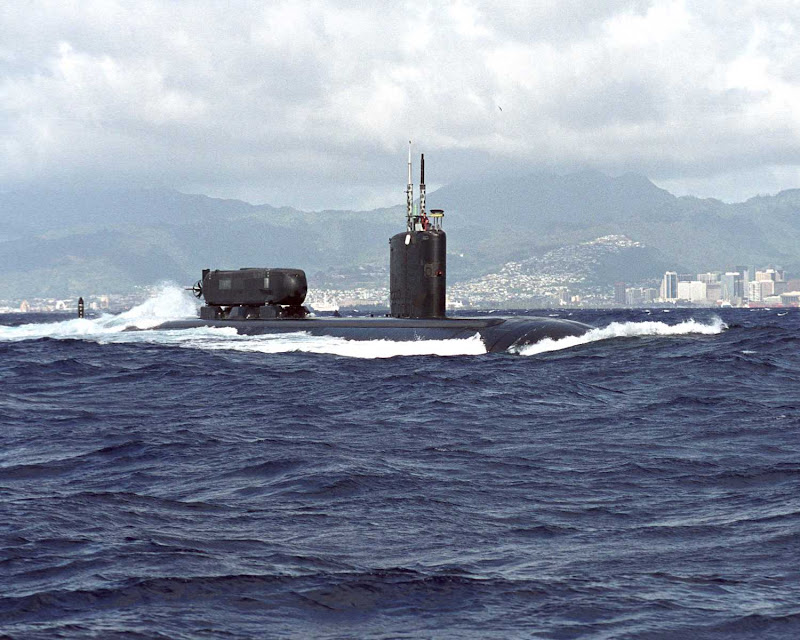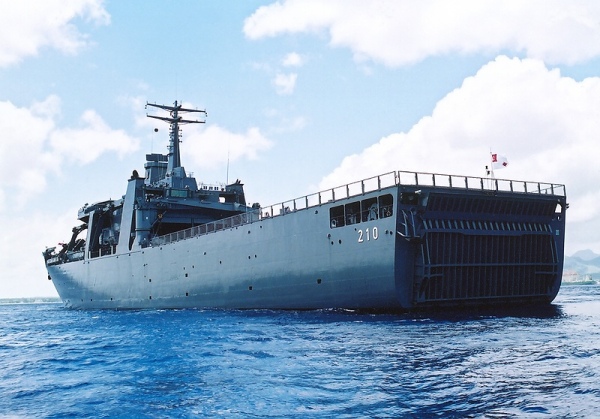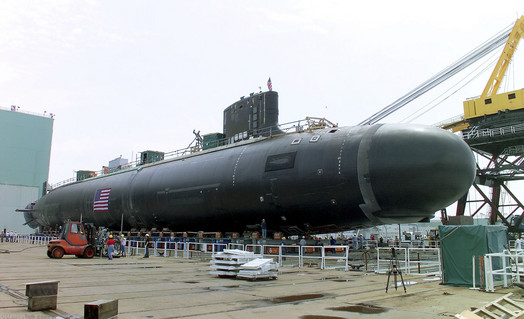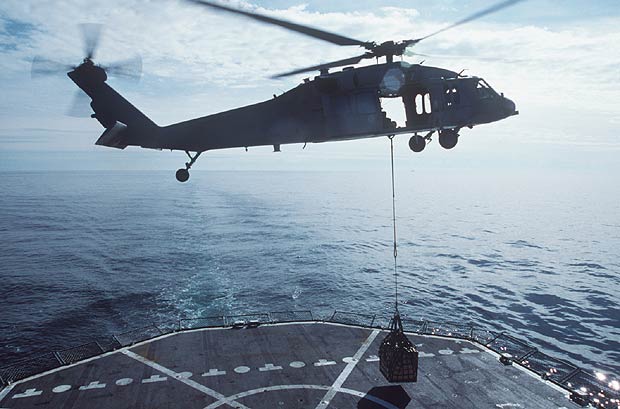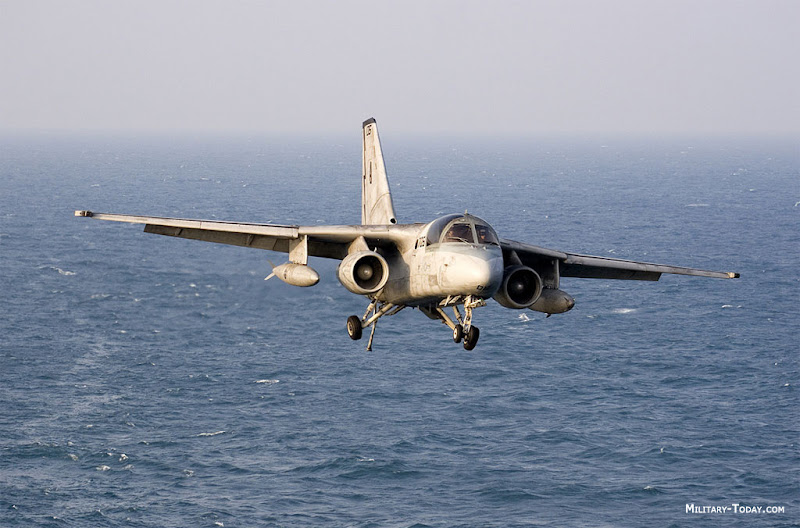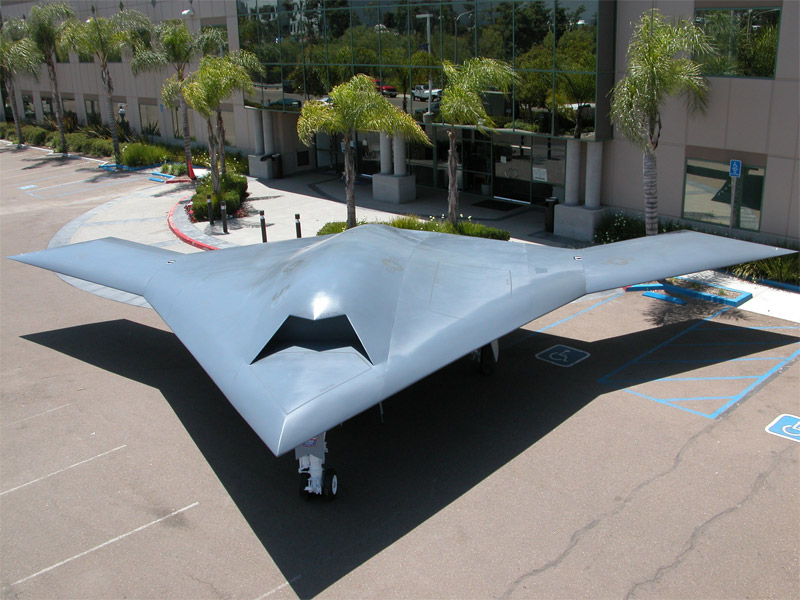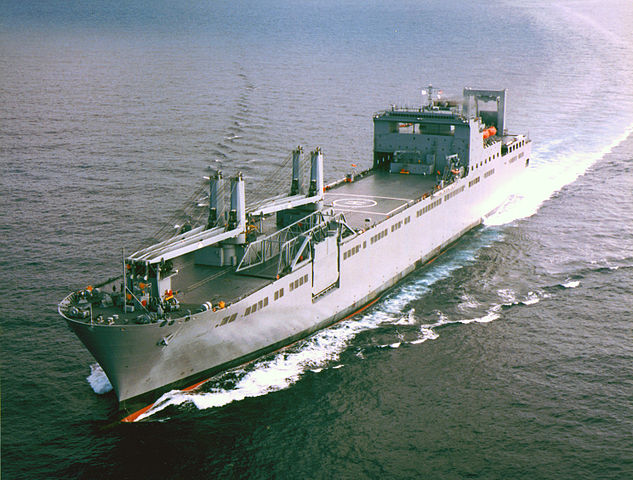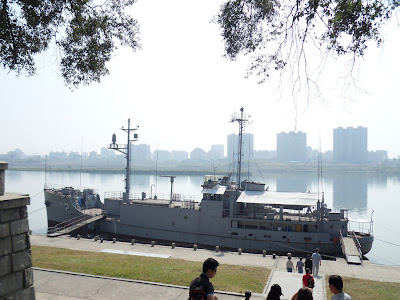The Sovremenny is a Russian class destroyers designed to engage hostile ships by missile attacks, and to provide warships and transport ship and protection against air attacks. It is mainly used for anti-ship operations, which was designed to supplement anti-submarine warfare (ASW) destroyers Udaloy. The ships have anti-ship, anti-aircraft, anti-submarine and coastal bombardment capability. The ships, with a maximum displacement of 8480 tons are similar in size to the ships of U.S. Navy Aegis missile, and is armed with an anti-submarine helicopter, 48 air defense missiles, 8 anti-ship missiles, torpedoes, mines, long range weapons and a comprehensive electronic warfare system. Sovremenny class destroyer The first was commissioned in 1985.
The hull design is derived from the predecessor Kresta II cruisers. System spacecraft propulsion is based on two steam turbine engines, unlike gas turbines used in the Udaloy, each producing 50,000 horsepower along with four high-pressure boilers. There are two fixed pitch propellers. The maximum boat speed is less than 33 knots. At a fuel-economic speed of 18 knots the range is 3920 miles. The resistance is 30 days.
The boat is equipped with the anti-ship missile with two pitchers Moskit quadruple installed port and starboard forward island and at an angle of 15 degrees with the horizontal. The ship has a total of eight missiles 3M80E Moskit. The air defense system is the surface air missile Shtil. Two Shtil missile systems are installed, each on the raised deck behind the two 130 mm guns as firearms and behind the two islands. The boats are more equipped with AK-130-MR-184 130 mm guns and four six-barrel AK-630 artillery systems for the defense. Anti-submarine defense is provided by two 533 mm tubes installed dual port and starboard torpedo, and two six-cylinder anti-submarine rocket launchers, RBU-1000, with 48 rockets, and a Ka-27 helicopter.

